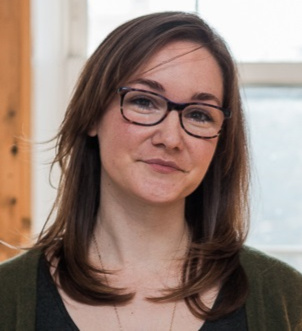On April 24, the Rana Plaza, located in a suburb near Dhaka, Bangladesh, collapsed upon itself—eight stories of iron and cement crumbled to earth killing more than 1,000 workers. The building was home to garment factories producing apparel for companies in the United States and Europe. A Time.com report names some of the companies that were producing goods at Rana Plaza, either at the time of the building collapse or in the past.
The safety plan
The Rana Plaza disaster comes on the back of other recent, fatal events in Bangladesh garment factories and global outrage about the event puts pressure on corporations whose products are manufactured in the country. In response, The Accord on Fire and Building Safety in Bangladesh is receiving more attention and support. Quartz has published a visual explanation of the accord, outlining the different roles of the groups involved: buyers (multinational corporations), trade unions and The International Labour Organization.
Who is missing?
As companies have expressed their support for the accord by signing onto the conditions it outlines, North American companies have been noticeably absent. News sources cite “concerns about legal liability” as the issue keeping large, high-profile North American companies from signing the accord. Many of these companies explain that they are involved in other safety measures: strengthening their own audit requirements, joining third-party organizations doing similar work or working on alternate proposals.
Two North American corporations join
There were however, two North American companies who joined their peers in European countries by signing onto the accord. PVH Corporation, the parent company to Calvin Klein, Tommy Hilfiger, Izod, Van Heusen, Bass and Arrow was one of two companies who signed onto an earlier version of the accord and, on May 13th, they announced their continued commitment by signing and inviting “industry partners” to join them. Only one other North American company followed suit, Abercrombie & Fitch. The company’s sustainability director, Kim Harr, expressed Abercrombie & Fitch’s unified commitment to Bangladesh.
What’s Next?
With so few large, North American retailers expressing their support for The Accord on Fire and Building Safety in Bangladesh, U.S. consumers may wonder what’s next for supporting safe and fair working conditions. The Clean Clothes Campaign, an organization that signed on as a witness to the accord, is a good place to follow information about the rights and working conditions of garment workers in Bangladesh and in other countries—because Bangladesh is not the only place where apparel is produced in dangerous conditions. As the world’s most prolific consumers, it is the responsibility of people living in the United States to express our support for ethically produced products. [Image Credit: Steve Rhodes] Heidi Sistare is a freelance writer who just completed the documentary writing and multimedia storytelling program at the Salt Institute for Documentary Studies in Portland, Maine. She holds a BA in Social Work from Warren Wilson College and has experience in non-profit management, community development and planning for small businesses. Visit her website at: www.heidisistare.com
Heidi Sistare is a freelance writer who just completed the documentary writing and multimedia storytelling program at the Salt Institute for Documentary Studies in Portland, Maine. She holds a BA in Social Work from Warren Wilson College and has experience in non-profit management, community development, and planning for small businesses. Visit her website at: www.heidisistare.com














